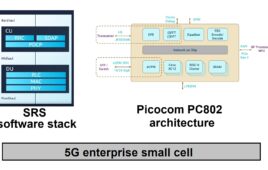In an update issued Wednesday, U.K. telecommunications regulators said they have honed in on three bands for 5G use.
According to the report, the favorites include the 700 MHz band for low band coverage, the 3.4-3.8 GHz band for wider bandwidths, and the 26 GHz band from 24.25-27.5 GHz for extremely dense, high capacity networks. U.K. officials said the airwaves were identified through collaboration with other European spectrum regulators to pinpoint bands that have the potential to be harmonized across the globe.
Ofcom, as the regulatory body is more commonly known, began the process toward opening up spectrum between 3.6 GHz and 3.8 GHz back in October and has also previously announced its plan to transition the 700 MHz band from digital terrestrial TV use to mobile broadband by 2020. Spectrum in the 3.4 GHz band will go up for auction sometime later this year.
The report indicated regulators are now throwing their full support behind the EU Radio Spectrum Policy Group’s identification of the 26 GHz airwaves as a “pioneer band” for 5G in Europe and suggested “international studies on the band should be expedited as a matter of priority.”
“We also fully support and are actively promoting 26 GHz as the priority band for global harmonization,” Ofcom wrote.
Over in the United States, though, regulators recently pinpointed other millimeter wave bands for 5G, including the 28 GHz, 37 GHz, 39 GHz, and 64-71 GHz bands.
Ofcom said pre-commercial 5G deployments are expected to start in 2018, with the first wave of commercial 5G deployments expected sometime in 2020.



